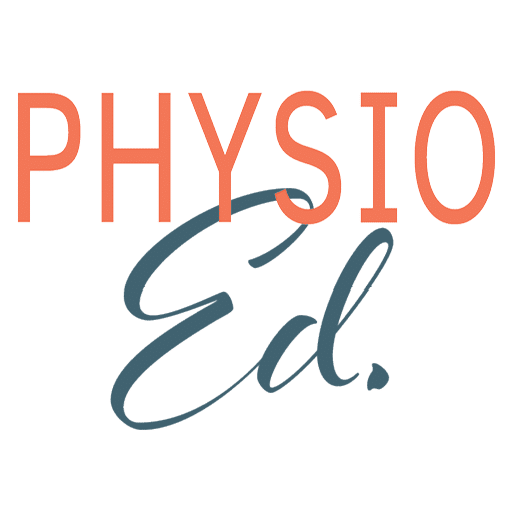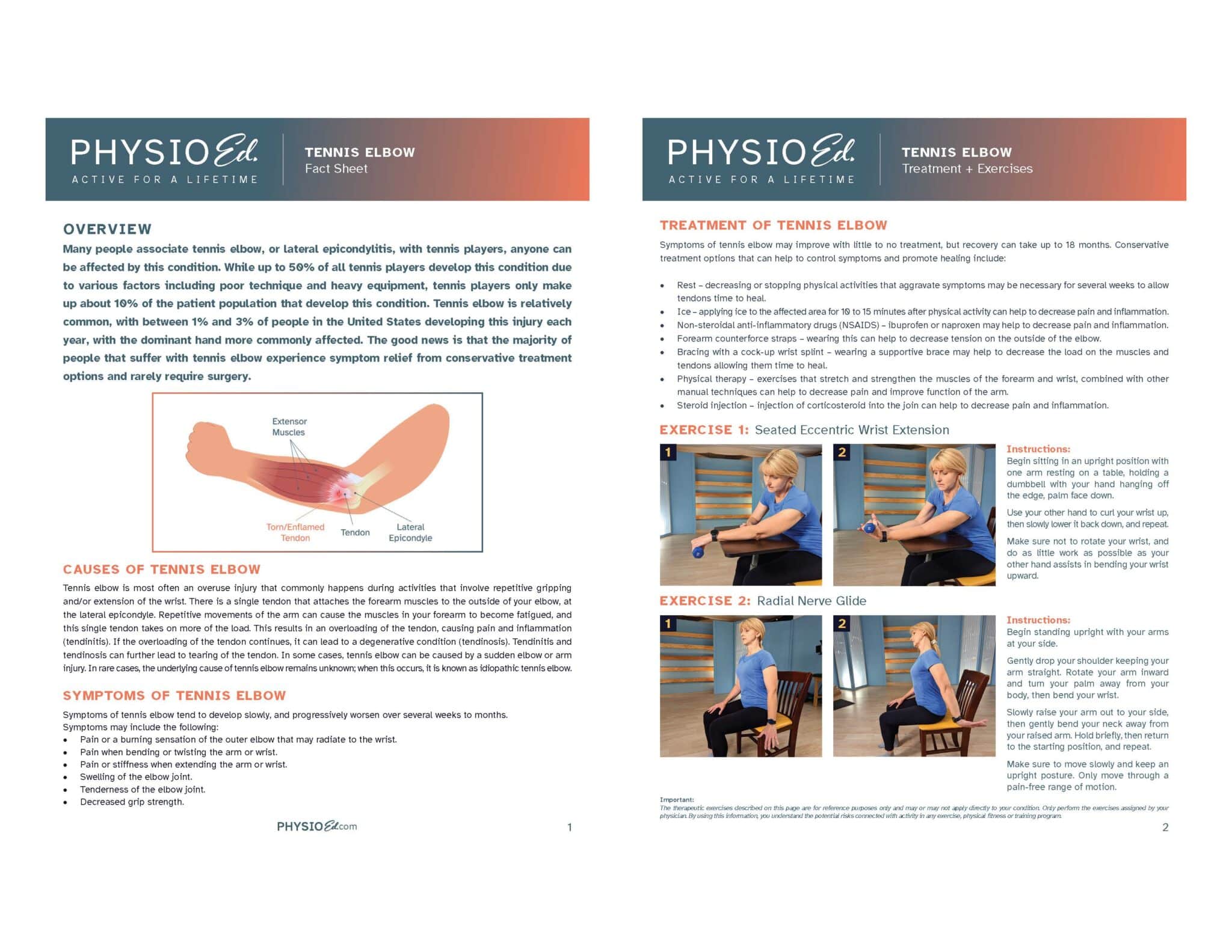This resource not only delves into the root causes and potential treatment options for tennis elbow but also offers crucial tips on how to prevent the condition. Furthermore, it includes a selection of physical therapist-approved exercises designed to strengthen the arm, reduce pain, and promote healing. Each exercise is accompanied by step-by-step instructions, making it easy for individuals to incorporate them into their daily routines. This fact sheet is a must-have for older adults seeking to understand, manage, and prevent tennis elbow.
Tennis elbow, medically known as lateral epicondylitis, is a common condition affecting millions of adults each year, particularly those in their golden years. As we age, our tendons can lose their elasticity and become more susceptible to damage, making older adults more prone to conditions such as tennis elbow. This printable fact sheet is designed to provide comprehensive information on the causes, symptoms, and treatment options for tennis elbow, particularly for older adults.







